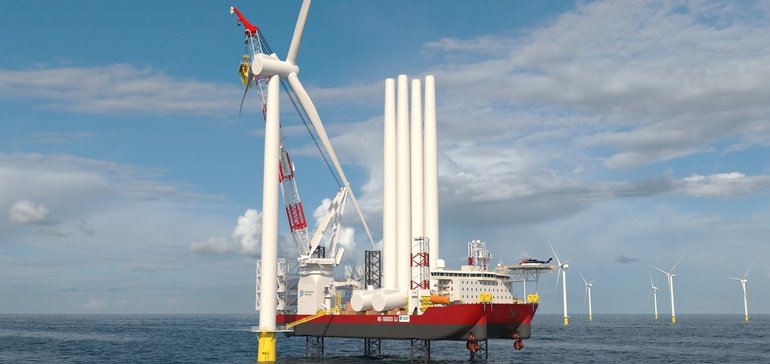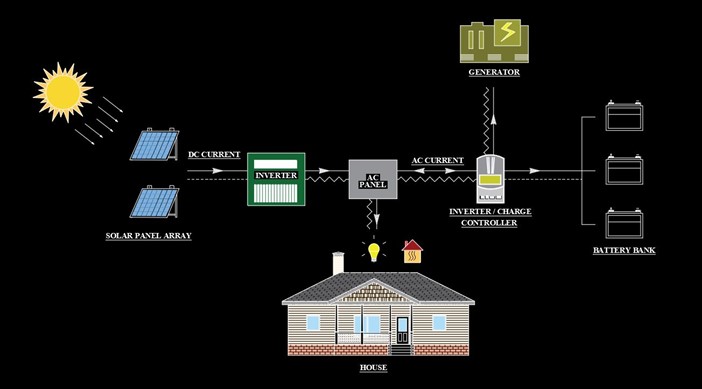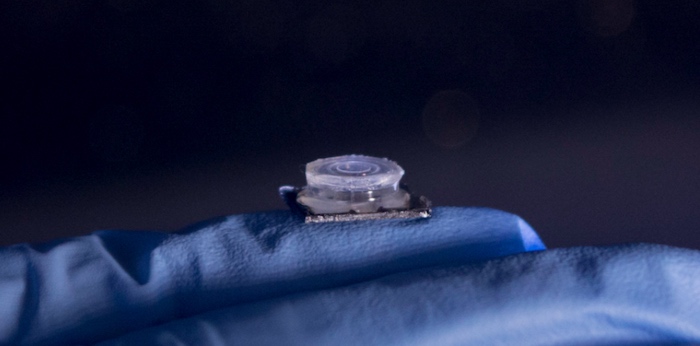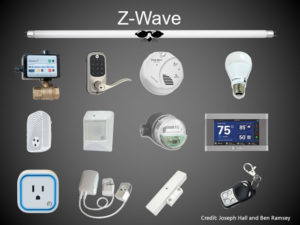UtilityDive – Dominion Energy has filed the construction and operations plan for its 2.64 GW offshore wind project, with construction expected to start off the coast of Virginia in 2024. The anticipated filing with the Bureau of Ocean Energy Management (BOEM) was made after Dominion completed construction of a 12 MW pilot offshore wind project in Virginia — the first offshore wind turbines approved by regulators in federal waters. The company expects the BOEM review process for the largest offshore wind farm in the country announced to date to take about two years.
The offshore wind generation capacity is a large component of the utility’s clean energy plan, to meet the state’s rigid decarbonization standards in the Clean Economy Act passed earlier in 2020. Pending approval of the project by the State Corporation Commission and federal regulators, the project would provide renewable electricity to power up to 660,000 homes upon completion in 2026.






